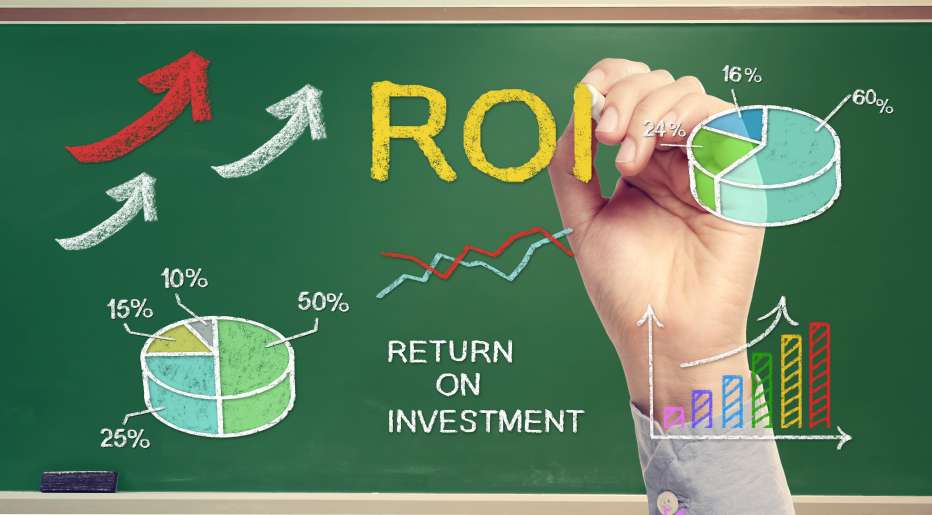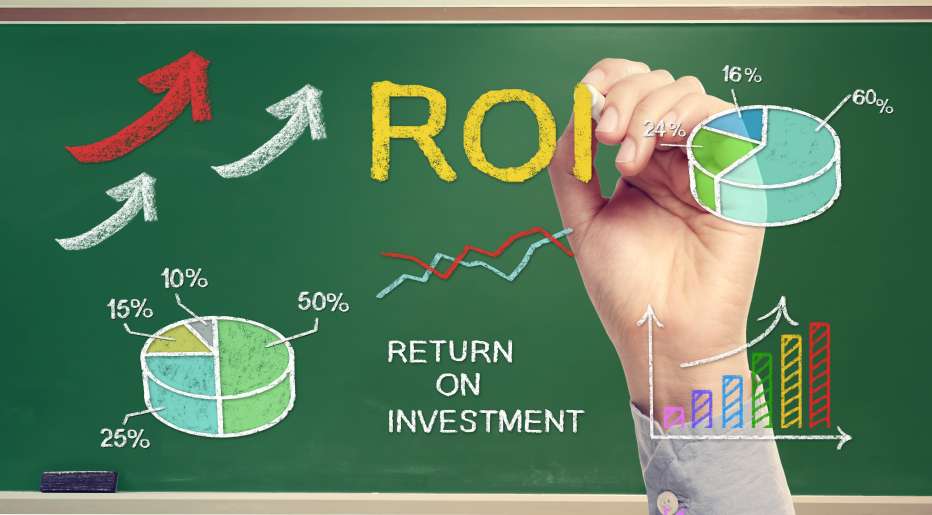The traditional way of calculating the ROI of implementing an ERP system is based on the notion that the organization will realize instant benefits after installation. However, the major benefits of an ERP solution relate to making business processes more efficient and reducing costs. As a result, it can take some time for the ROI to be apparent and measurable. While it is easy to determine the cost of implementation, it is difficult to put a dollar value on the efficiencies and improved business processes that will be realized as a result of using an ERP solution.
However, this does not mean it is impossible to determine the ROI of an ERP implementation. It is important for organizations to measure ERP ROI as the information is crucial in the decision making process. A proper ROI investigation can help management determine whether an implementation will be beneficial.

The ERP system gathers information from different parts of the organization, and manipulates the raw data to actionable information. After installing a system, it will be easy to know the health of your business and get real-time information on manufacturing processes, accounts receivables, sales and invoices, inventory levels, and performance. To calculate the ROI of ERP, you need to apply a dollar value to the increased efficiencies.
The typical tangible benefits of implementing an ERP include:
- Increased efficiencies in manufacturing or production due to more accurate management of equipment.
- Reduced labor costs due to better allocation of resources.
- Less time and fewer inaccuracies due to managing data in one unified system and elimination of double entry.
- Less wastage and thus lower cost of materials through improved procurement processes.
- Reduced work in progress and levels of stock as a result of better planning and control.
Apart from tangible benefits, the ERP will bring lead to other benefits that can be difficult to quantify. Examples of these benefits include:
- Ability to compare quotes to actuals.
- Improved accounting control and tighter sales cycle.
- Formation of standardized procedures.
- Shorter order to shipment cycle.
- Improved customer service.
- Reduction of potential errors and improved accuracy of inventory data.
- Integration of multiple systems, which will result in transparency and efficiency.
- Greater ability to improve gross margin or job margin through better analysis of items.
To calculate the ROI of ERP, you have to apply a dollar value to the above and other benefits of the implementation. There is no formal method of calculating the ROI of ERP but it’s possible to achieve a strategic analysis.
To begin, define the cost of the various known components of installing the ERP. Typical costs include license fees, consulting fees, support plans, hardware cost, implementation cost, etc. Adding all these costs will give you the Total Cost of Ownership (TCO). For the purposes of this example, let’s assume your TCO was $100,000.
After establishing the TCO, consider two things:
- How long you anticipate the ERP to be in use
- The anticipated benefits (in monetary terms) of the ERP over the period
Determining the expected benefits of an ERP in monetary terms over a period of time is challenging. To get a reasonable figure, discuss with your employees and research various industry survey reports. The major benefits will be realized from improved production, and reduction of labor costs, operational costs and stock levels.
Let’s say you anticipate using the ERP for 5 years and expect it to lead to a 7% increase in profits. In this case, your ROI will be ($100,000/5 + $100,000 x 7%), which is $27,000 a year. The most challenging part of calculating the ROI is determining the dollar value to assign for the efficiencies and other benefits the ERP will bring.
You should strive to get the most benefits from your ERP system. Instead of just focusing on reducing costs, find ways to reduce inventory and improve service.
Conclusion
Determining the exact ROI from an ERP implementation can be challenging especially when it comes to unquantifiable benefits. However, calculating the ROI will give you an idea of the benefits of implementation. Measuring your ERP ROI can help in many aspects and improve your chances of successfully completing the project.
 Calculating ERP ROI for Small to Medium Manufacturers">
Calculating ERP ROI for Small to Medium Manufacturers">

